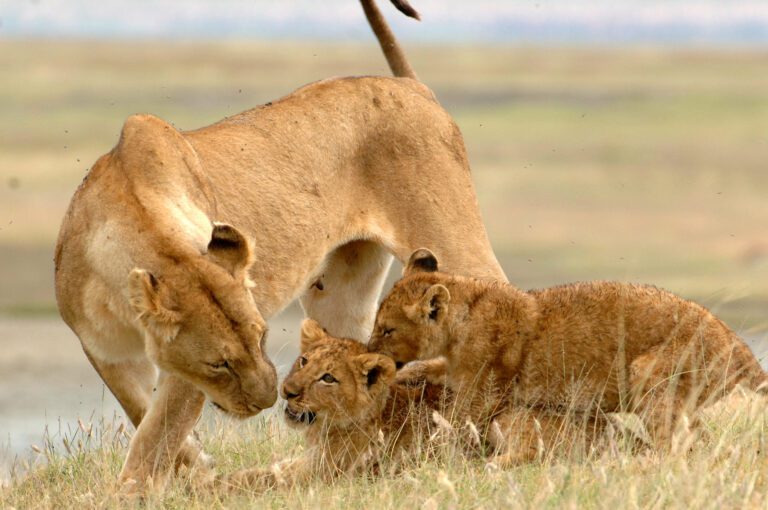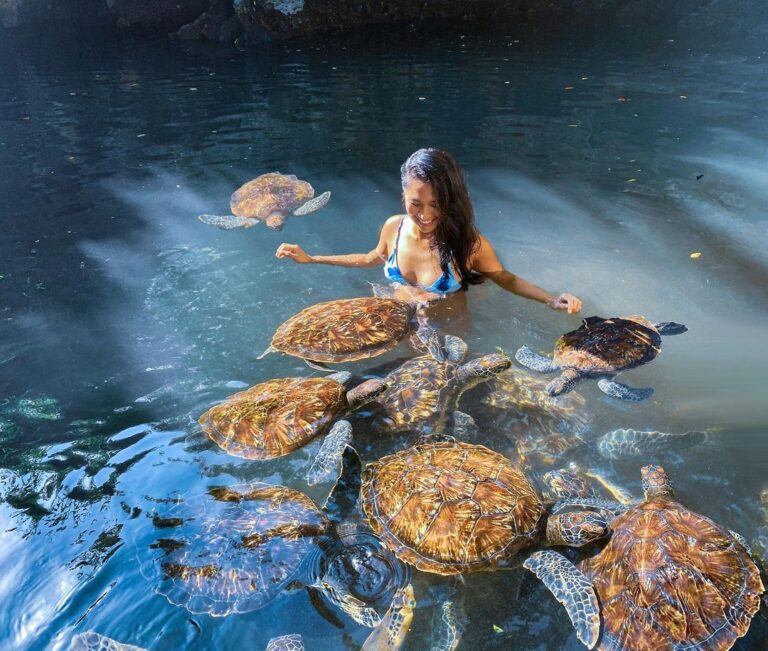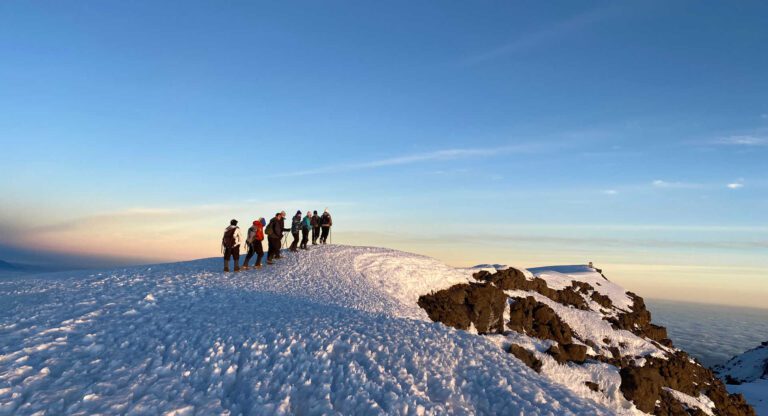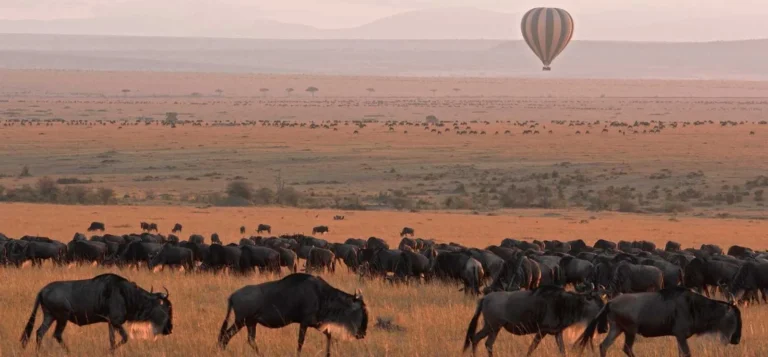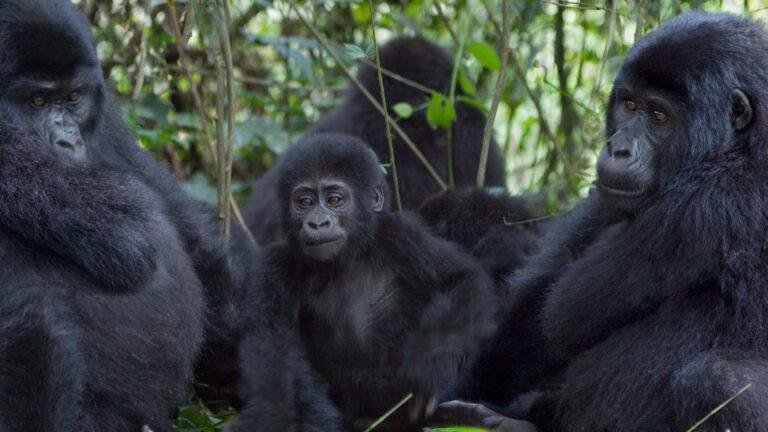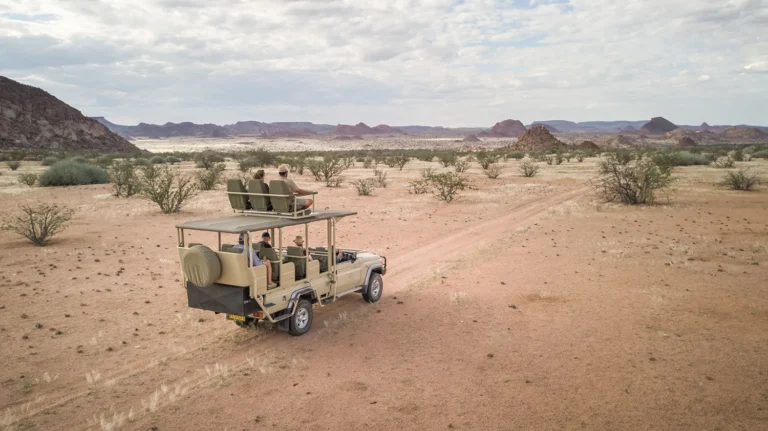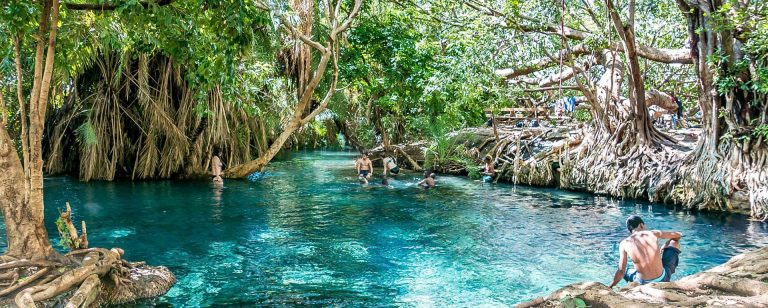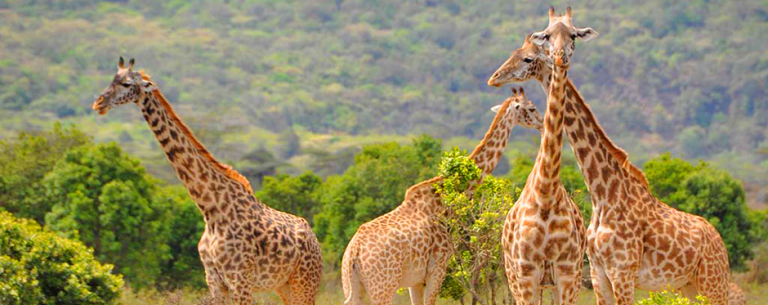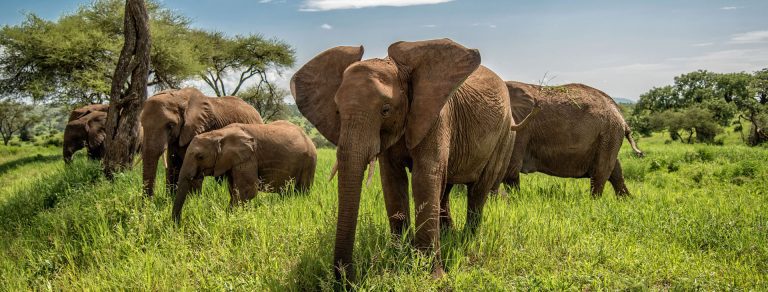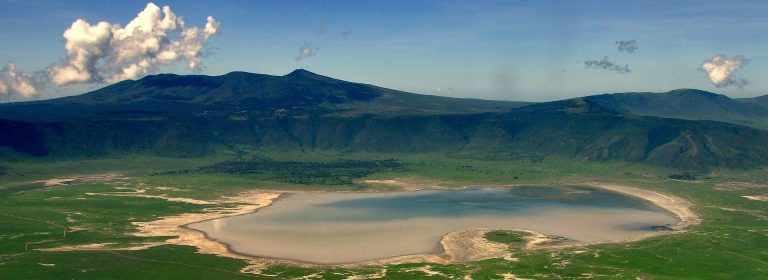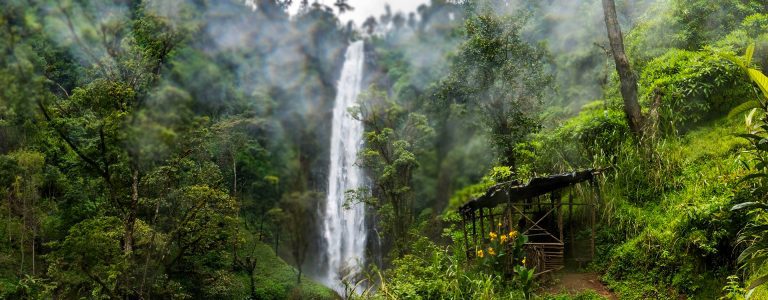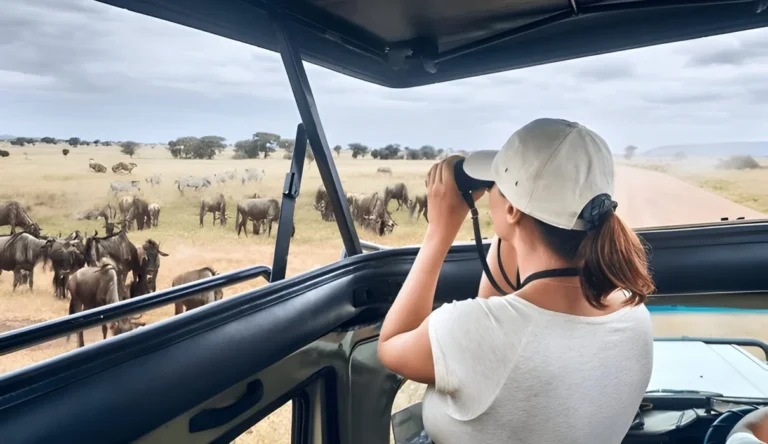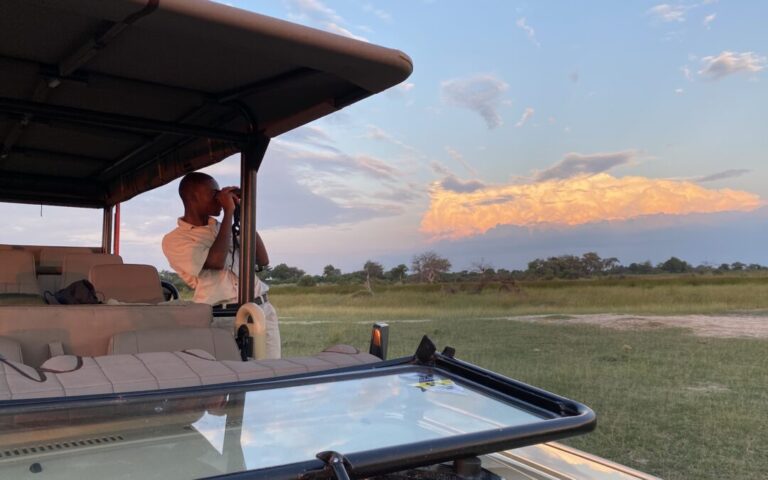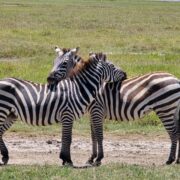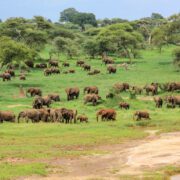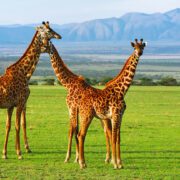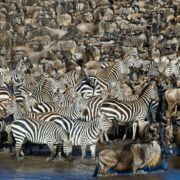Situated in Tanzania, Eastern Africa, lies the illustrious Ngorongoro Conservation Area, a protected haven spanning around 8,292 square kilometers. Noted for its distinct topography and rich biodiversity, it houses the globally renowned Ngorongoro Crater, a sizeable volcanic caldera teeming with an array of animal species. As a UNESCO World Heritage Site, this conservation area annually welcomes countless visitors from around the globe.
The Ngorongoro Conservation Area serves as a sanctuary for over 25,000 large fauna, including elephants, lions, zebras, giraffes, hippos, and the endangered black rhinoceroses, to name a few. Moreover, it provides a habitat to a diverse set of avian species, reptiles, and insects. Hence, it’s a cherished destination for wildlife aficionados and photographers, drawn to its raw, natural allure.
A unique characteristic of the Ngorongoro Conservation Area is its human residents – the Maasai tribe. Recognized for their striking attire and customs, this semi-nomadic group has lived in harmony with the wilderness for generations, maintaining their age-old pastoral practices. Visitors get the chance to engage with the Maasai community, gaining insights into their culture and participating in traditional activities.
The Conservation Area also boasts significant archaeological landmarks, such as the Olduvai Gorge, renowned for its precious trove of early hominid fossils that trace back millions of years. A visit to the on-site museum at Olduvai Gorge enables guests to delve into the evolution of early humans and the history of the region.
Beyond its cultural and natural attractions, Ngorongoro provides a plethora of outdoor adventures, like game drives, guided walks, and hiking trails. Explore the expansive wilderness by foot or vehicle, with numerous lodges and campsites available for an immersive overnight stay.
Lastly, the Ngorongoro Conservation Area plays a crucial role in regional conservation initiatives. The area shelters a variety of endangered species, with concentrated efforts directed at safeguarding these creatures and their habitats. Additionally, the conservation area fuels the local economy by providing employment and contributing to revenue generation via tourism.

